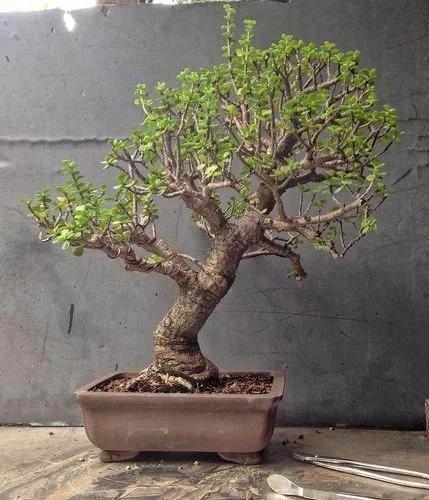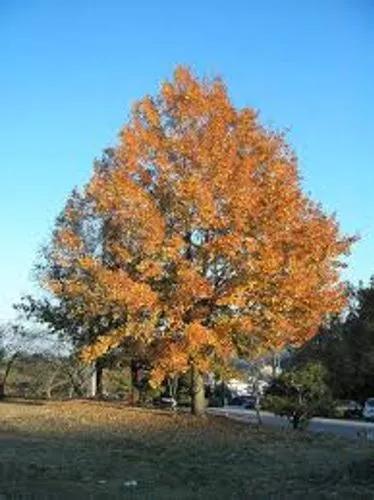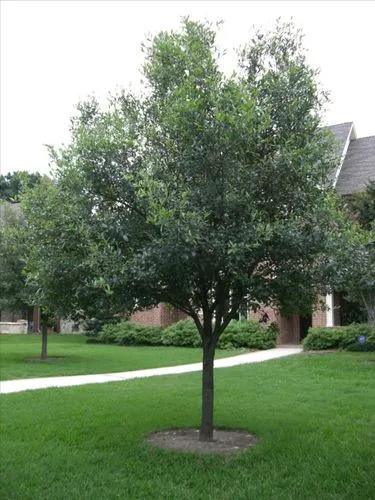Quercus marilandica, the blackjack oak, is a small oak, one of the red oak group Quercus sect. Lobatae. It is native to the eastern and central United States, from Long Island to Florida, west as far as Texas, Oklahoma, and Nebraska. There are reports of a few isolated populations in southern Michigan, but these appear to represent introductions.
Blackjack Oak Care
Quercus Marilandica



Quercus marilandica is a small deciduous tree growing to 15 meters (49 feet) tall, with bark cracked into rectangular black plates with narrow orange fissures. The leaves are 7–20 cm (3–8 in) long and broad, and typically flare from a tapered base to a broad three-lobed bell shape with only shallow indentations. They are dark green and glossy above, pubescent underneath, and often remain attached to the twigs through the winter after turning colors from red to brown in the fall. The acorn is small, 12–20 mm (0.47–0.79 in) long and 10–18 mm (0.39–0.71 in) broad; like other red oaks, it takes 18 months to mature.
The blackjack oak grows in poor, thin, dry, rocky or sandy soils where few other woody plants can thrive, usually on low ground, from sea level up to approximately 2,800 feet (850 meters) in altitude. Some commentators say that it does not have the beautiful form of many oaks, but is nonetheless a valuable tree for growing in problem sites.
How to Care for the Plant

Popularity

142 people already have this plant 11 people have added this plant to their wishlists
Discover more plants with the list below
Popular articles






